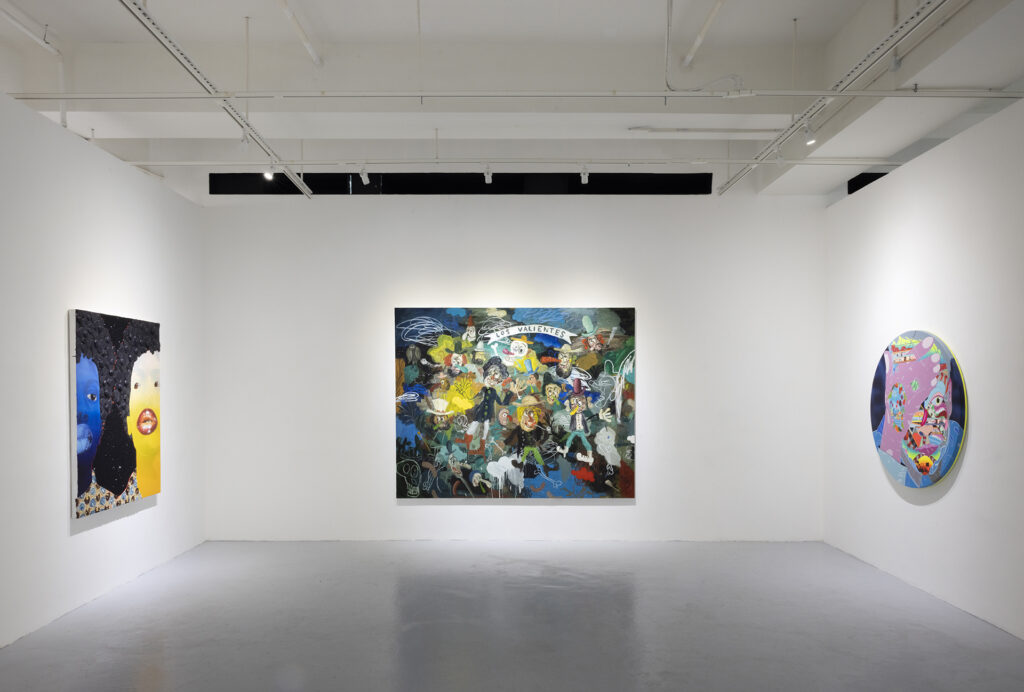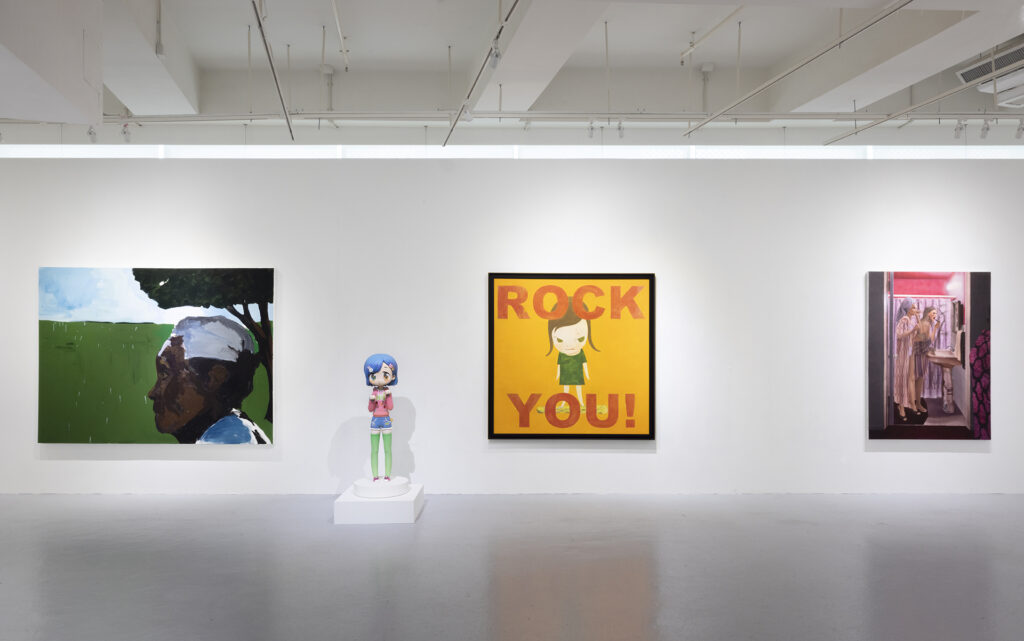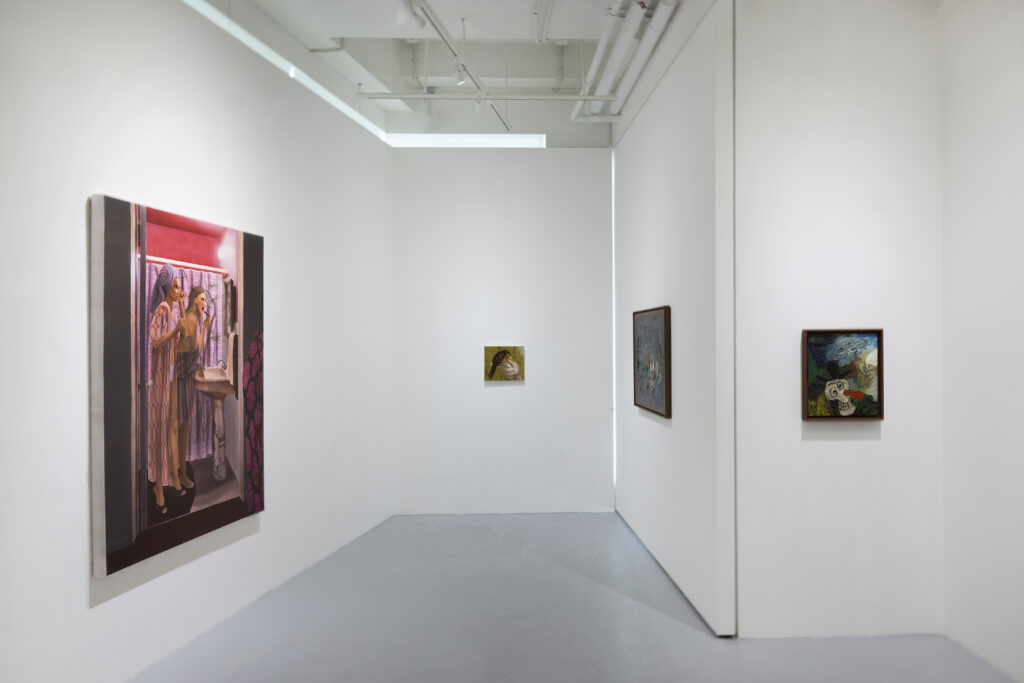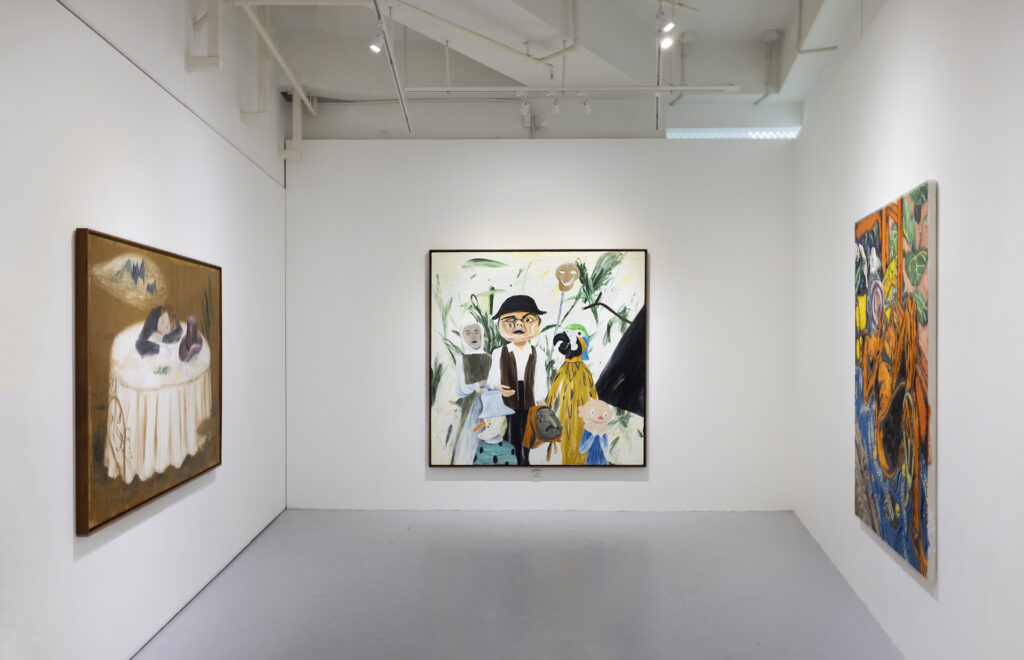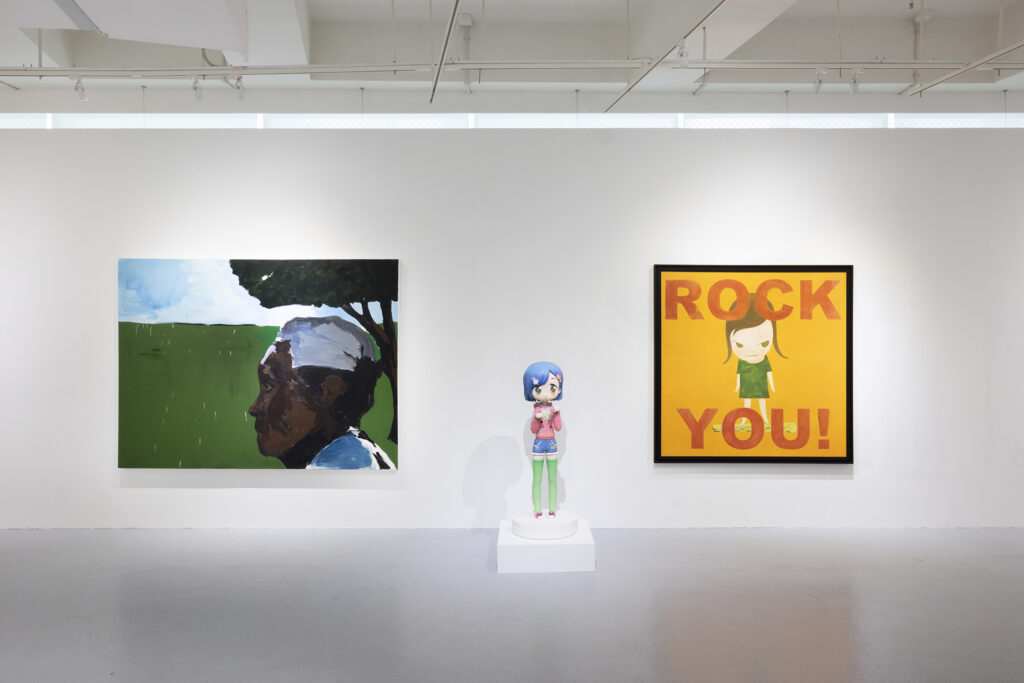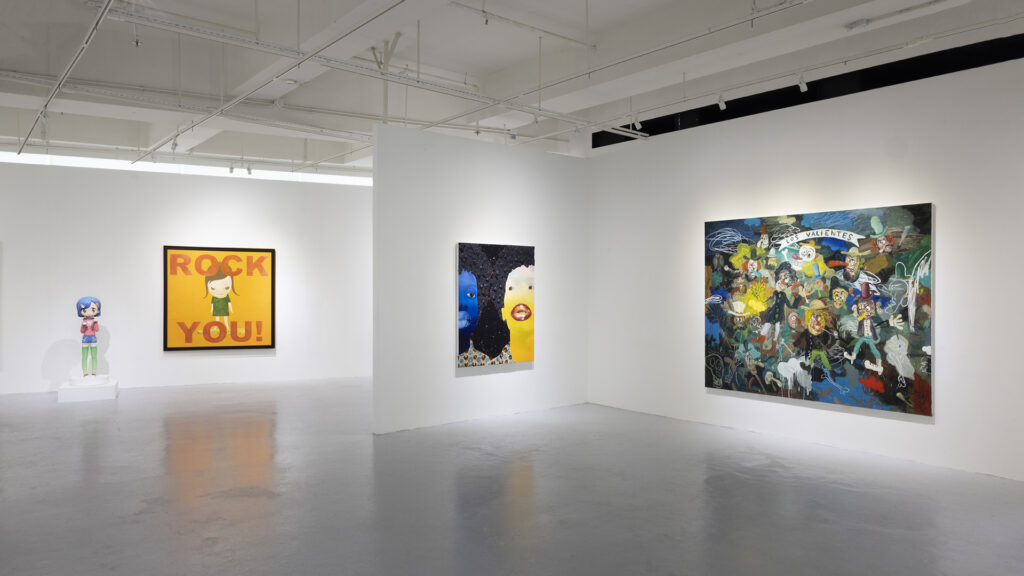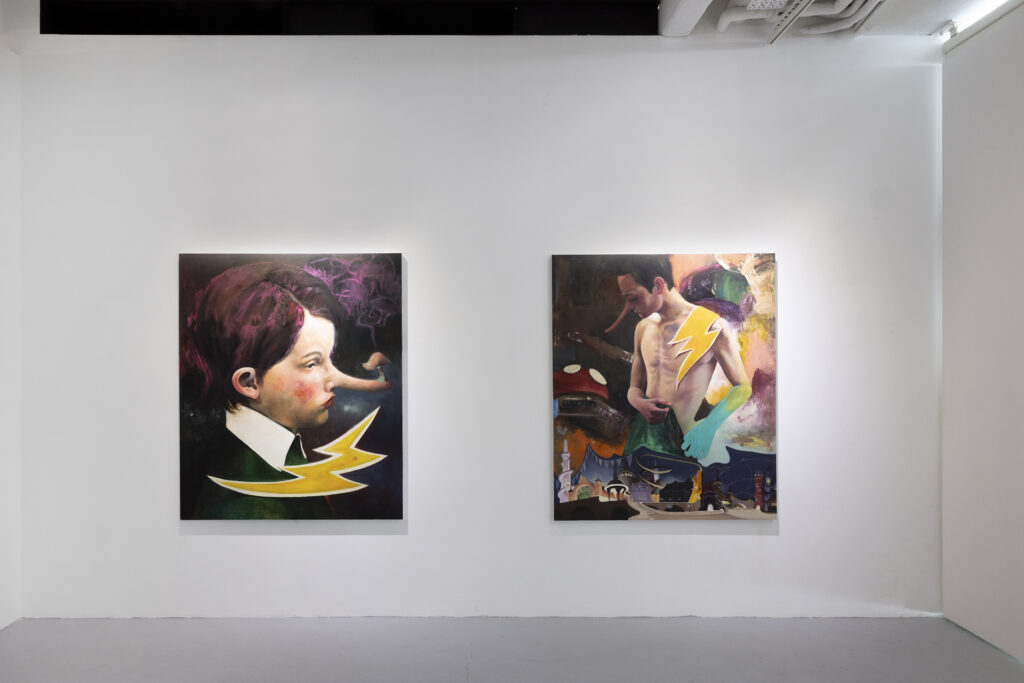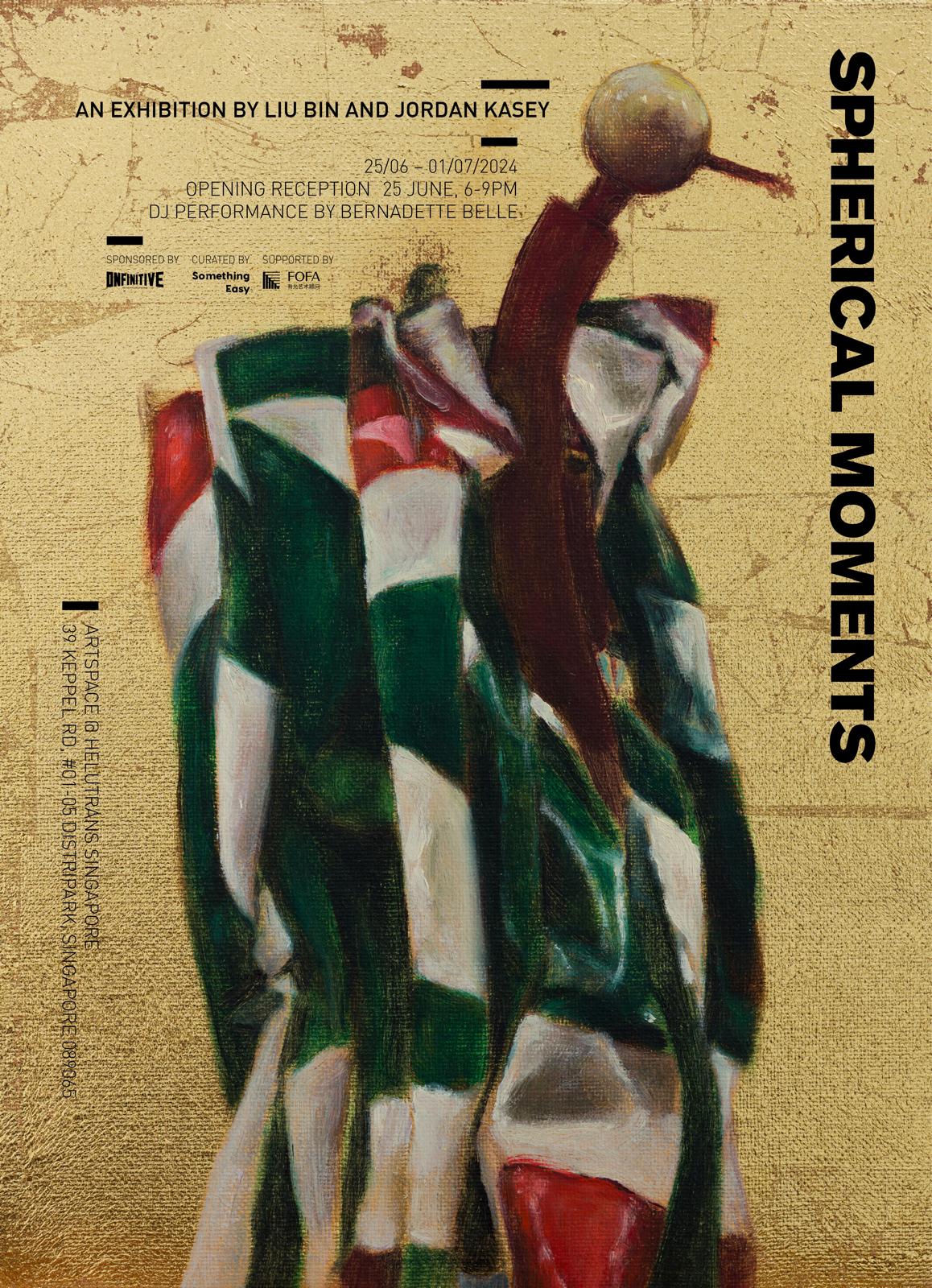Traces of Life Global Figuration
A group exhibition exploring shared humanity and aesthetic values in figurative art from around the world. Presented in collaboration by VETA by Fer Francés and Onfinitive Art Foundation.
Featuring works by
Alex Becerra (USA, 1989), Adrian Ghenie (Romania, 1977), Kang Haoxian (China, 1989), Yayoi Kusama (Japan, 1929), Cristina Lama (Spain, 1977), Liu Bin (China, 1979), Christian Rex Van Minnen (USA, 1980), Juan de Dios Morenilla (Spain, 1992), Mr. (Japan, 1969), Yoshitomo Nara (Japan, 1959), Erik Parker (Germany, 1968), Matías Sánchez (Germany, 1972), Devan Shimoyama (USA, 1989), and Henry Taylor (USA, 1958)
Location:
9/F, H Queen’s, 80 Queen’s Road Central,
Hong Kong
Exhibition Dates:
25 March – 30 March 2024
Opening Times:
25 March, 12pm – 7pm
26 – 30 March, 11am – 7 pm
[Hong Kong, 20 February 2024] Onfinitive Art Foundation, Hong Kong, and VETA by Fer Francés, Madrid, Spain, are pleased to announce their first collaborative exhibition; ‘Traces of Life: Global Figuration’ . Curated by Fer Francés the group exhibition presents contemporary figurative painting as refracted by 14 important and emerging painters who span several generations and continents, and whose collective output both questions and reconstructs the history of figuration in painting. The exhibition runs from Monday 25 March – Saturday 30 March 2024 at H Queen’s, 9/F, 80 Queen’s Road Central, Hong Kong.
Inspired by a shared commitment to expanding global contemporary art discourse Fer Francés, Founder and Director, VETA by Fer Francés, and Chloe Chiu, Founder of Onfinitive Art Foundation, have collaborated to co-present an exploration of the active cross cultural dialogue and shared inspirations within this diverse showcase of figurative painters. The common thread through the exhibition is the artist’s conscious desire to inscribe themself into an ongoing art history, by contributing their heritage and experiences to wider dialogues. The visitor’s attention is drawn to aesthetics and identities that have traditionally been left on the margins, while the continued relevance of cultural heritage and historic counter cultures are highlighted through the unique contemporary reinterpretations presented in the practice of each artist.
In the work of Erik Parker, MR. and Yoshitomo Nara a technical commonality in their use of vibrant acrylic paint applied to the surface in a deliberately flattening way, extends into shared interests in exploring themes of isolation, rebellion and spirituality. Each artist gives a highly personalised response to icons within subcultures of television and pop culture prevalent in America and Japan respectively, disguising a critique of current concerns beneath a surface of beauty. We also find echoes of anime and comics, fuelled now with a strong African American identity, in the paintings of Devan Shimoyama who draws on a wide range of references including classical mythology, mass media, and the European painting tradition. Juan de Dios Morenilla and Christian Rex Van Minnen are equally informed by expansive artistic lineages and feature widely recognizable icons of Art History that have been subjected to irony and absurd humour, while insisting on beauty in the everyday to the point of celebrating the grotesque. Mexican-American artist Alex Becerra takes a delight in excess and the grotesque a step further, capturing his fascination with the everyday in a visceral painterly style that lacks all restraint and refuses to take a moralistic position on the source material that shapes his aesthetic sensibility. Partly what is at stake here for all of these artists, as it was for Picasso in 1907, is the privilege of cultural representation: what deserves to be pictured in oil paint on large canvases?
Extending the exhibition’s exploration of contemporary appropriation of significant cultural imagery, the work of Adrian Ghenie, Liu Bin and Kang Haoxian fuse historical moments with everyday scenes and images from mass media, creating canvases charged with the duality of human nature. Ghenie’s ‘27th of July 1890’ continues his ongoing examination of the dramatic character and tragic end of Vincent Van Gogh, with a view to reinventing a graceful place in history for the events of 27th July 1890. Bin, who was raised in a military base in the outskirts of Northern China, and grew up among socialist realist posters painted by his father’s military colleagues, creates works that combine reality, illusion, memory, and fantasy. In the work of both Ghenie and Bin conflict and politics have affected the narrative and colour palette, while the discrepancy between personal and political or historical record is brought into consideration. Kang’s amalgamation of the imagery of mass media is more centred in an interest in the unknown and desire to capture a dream-like atmosphere, which he achieves by the utilization of airbrush.
